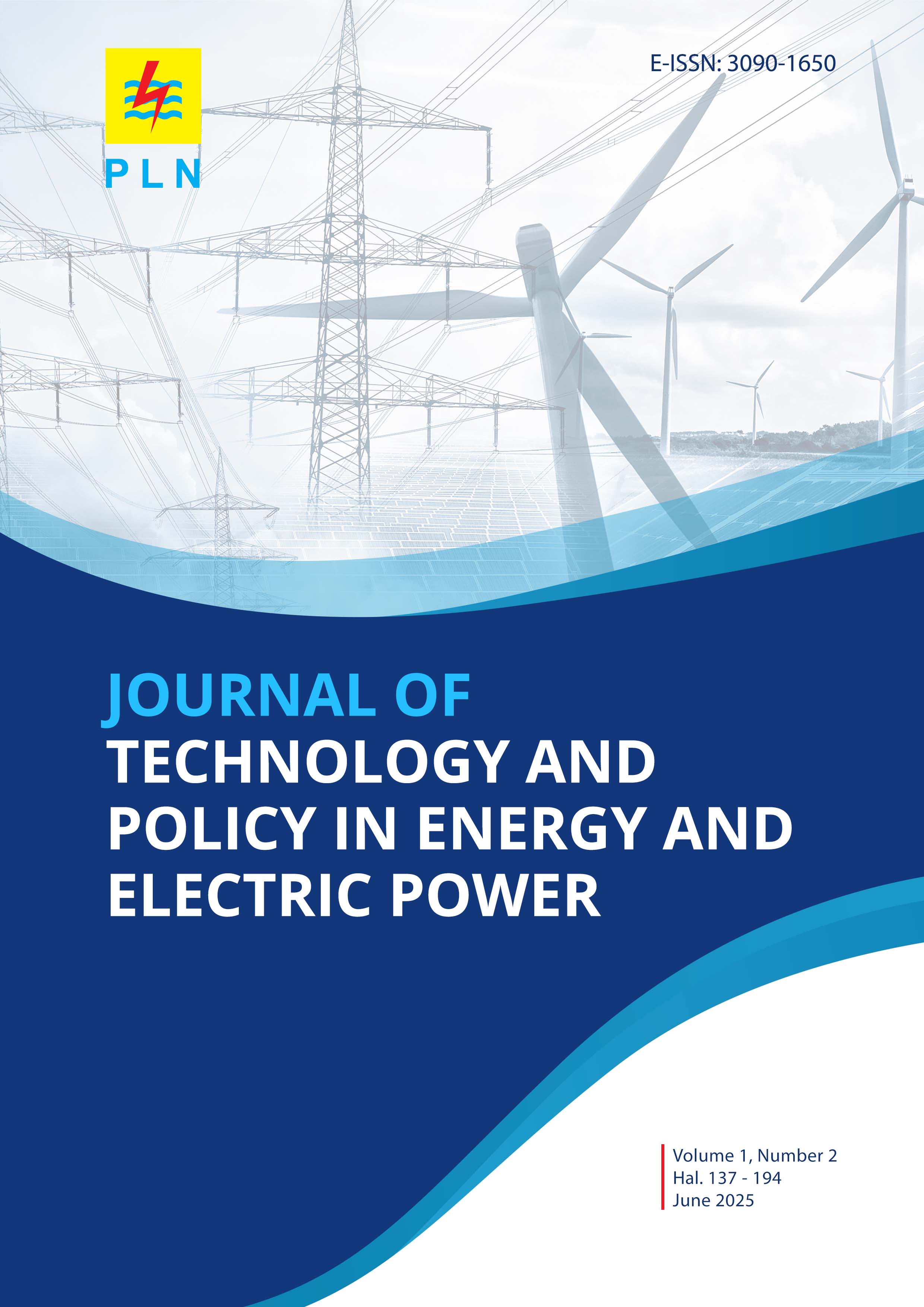Advancing Indonesia’s Net Zero Goals Through Sustainable Biomass Supplier Selection: Insights from Multi-Criteria Decision Analysis
Main Article Content
Abstract
Indonesia has experienced a significant increase in greenhouse gas (GHG) emissions over the past two decades, primarily driven by rising fossil fuel consumption for electricity generation. In response, the state-owned electricity company PT PLN (Persero) has committed to achieving Net Zero Emissions (NZE) by 2060, with biomass co-firing in coal-fired steam power plants (PLTUs) serving as a key transitional strategy. A 2018 study revealed that Indonesia's biomass potential stands at 857 GJ per year, while a 2021 study from the PJB Technology Unit estimated that Java alone possesses a biomass potential of 9.2 GW, mainly derived from agricultural products. Despite this potential, a significant challenge lies in selecting reliable and sustainable biomass suppliers, particularly for sawdust, a readily available agricultural byproduct. Although various decision-making models have been proposed for supplier evaluation in renewable energy contexts, there remains a lack of structured, stakeholder-informed approaches tailored to Indonesia’s biomass co-firing initiatives. This study aims to identify and rank the criteria used in choosing sawdust biomass suppliers through the Analytical Hierarchy Process method. Data was gathered through literature reviews, stakeholder interviews, and surveys to assess the criteria. The study identified nine criteria with the following weights: Quality (0.250); Sustainability (0.219); Location (0.159); Price (0.136); Warranty Period (0.063); Delivery Time (0.051); Social (0.044); Flexibility (0.0384); and Service (0.0382). By systematically evaluating supplier selection factors using AHP, this study offers a decision-making framework to guide PT PLN and other stakeholders in designing more robust and sustainable biomass procurement strategies. The findings contribute to the growing knowledge on renewable energy supply chain optimization and support Indonesia’s long-term decarbonization goals.
Article Details
Section

This work is licensed under a Creative Commons Attribution 4.0 International License.

